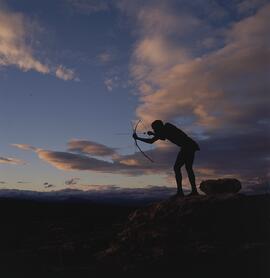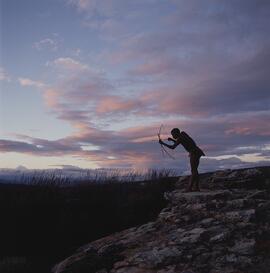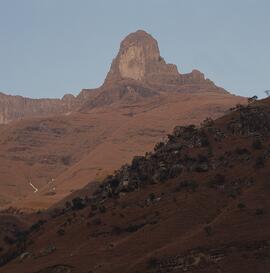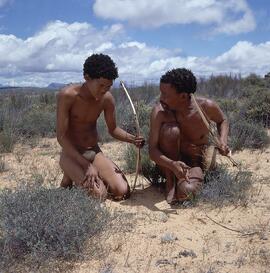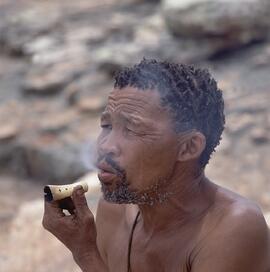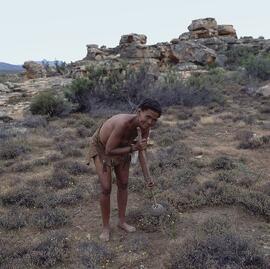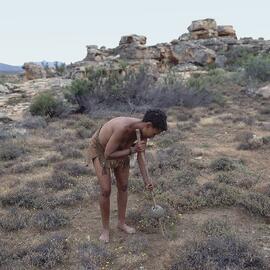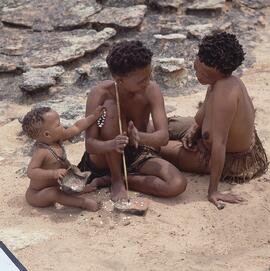JHH JHH-JHH-01-2198H.jpg
·
Item
·
Unknown
Part of Hone, John
John Hone
869 Images & Collections results for John Hone
869 results directly related
Exclude narrower terms
JHH JHH-JHH-01-2199H.jpg
·
Item
·
Unknown
Part of Hone, John
JHH JHH-JHH-01-2200H.jpg
·
Item
·
Unknown
Part of Hone, John
JHH JHH-JHH-01-2201H.jpg
·
Item
·
Unknown
Part of Hone, John
JHH JHH-JHH-01-2202H.jpg
·
Item
·
Unknown
Part of Hone, John
JHH JHH-JHH-01-2203H.jpg
·
Item
·
Unknown
Part of Hone, John
JHH JHH-JHH-01-2204H.jpg
·
Item
·
Unknown
Part of Hone, John
The most distinctive item of women’s equipment is the digging stick. Sometimes these were weighted with bored stones. A hole was laboriously bored through a stone, and they were fixed onto the stick with wooden wedges. They made digging in hard ground easier.Bored stones are not used in the Kalahari, where suitable stones are rare and the sand is comparatively soft.
Examples vary greatly in size and have been found all over Southern Africa. Bushman beliefs suggest that digging sticks had a special significance beyond everyday use. It is believed that when a /Xam woman wished to communicate with the shamans of the game, and possibly dead shamans, she would beat upon the ground with a bored stone from her digging stick. Therefore, digging sticks were used to contact the supernatural world, which is the main purpose of the trance dance. Hone, John
JHH JHH-JHH-01-2205H.jpg
·
Item
·
Unknown
Part of Hone, John
JHH JHH-JHH-01-2206H.jpg
·
Item
·
Unknown
Part of Hone, John
JHH JHH-JHH-01-2208H.jpg
·
Item
·
Unknown
Part of Hone, John
